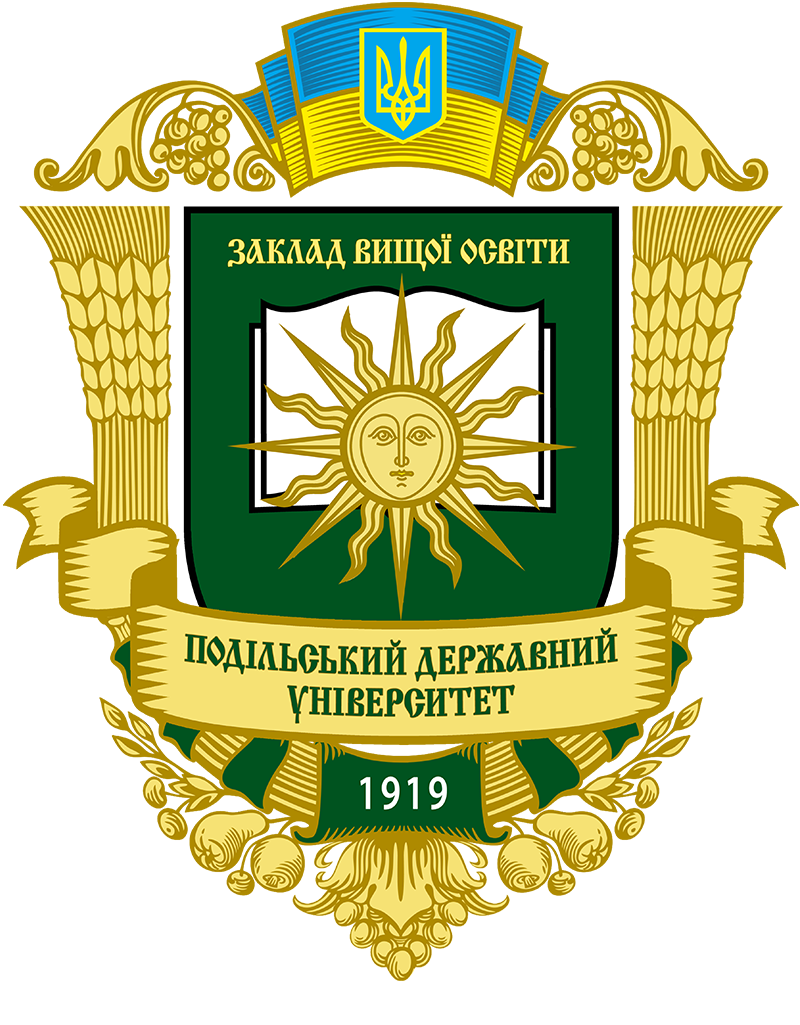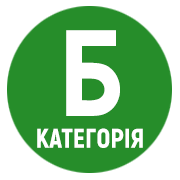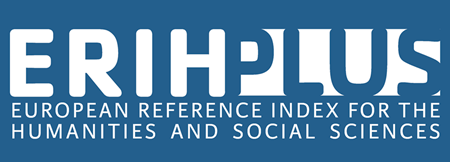MODERN APPROACHES TO THERAPY AND RESUSCITATION OF DOGS IN CASES OF COUMARIN ANTICOAGULANT POISONING
DOI:
https://doi.org/10.37406/2706-9052-2025-3.21Keywords:
anticoagulant rodenticides, coumarin derivatives, dog poisoning, dicoumarol, coagulopathy, prothrombin time, vitamin K1, intensive therapy, resuscitation, coagulation monitoringAbstract
Poisoning with coumarin-type anticoagulants in dogs remains a pressing issue in modern veterinary medicine, requiring prompt diagnosis and effective therapy. These substances, widely used as rodenticides, disrupt blood coagulation by inhibiting the synthesis of vitamin K-dependent factors, leading to hemorrhagic syndrome with a high risk of severe internal bleeding. This article analyzes the pathogenesis, clinical manifestations, diagnostic criteria, and current treatment methods for animals exposed to coumarin anticoagulants. A comparative review of two large-scale clinical studies – a 23-year experience from the Western College of Veterinary Medicine (Canada) and practical case reports from veterinary clinics in Ukraine – reveals key features of etiopathogenesis and supports optimization of therapeutic approaches. The main antidote is vitamin K1, whose efficacy is supported by evidence-based clinical data; however, treatment must be comprehensive, including blood transfusions, symptomatic support, and coagulation status monitoring. The article also outlines recommendations for the timing and dosing of vitamin K1, as well as management strategies for severe poisoning cases. The results highlight the need to implement standardized treatment protocols and enhance clinicians’ vigilance regarding the latent course of symptoms, alongside the importance of long-term monitoring of coagulation profiles even after apparent clinical recovery. The developed recommendations offer practical value for veterinarians, toxicologists, and clinicians, and can serve as a foundation for further experimental studies in toxicology, pharmacology, and veterinary medicine.
References
Bertolini F.M., Barolo E., Masti R., De Arcangeli S., Furlanello T., Ongaro V., Menegini C., Sánchez del Pulgar J. A rapid and sensitive method for diagnosing and monitoring anticoagulant rodenticide poisoning in whole blood of animals. Journal of Chromatography B: Analytical Technologies in the Biomedical and Life Sciences. 2024. Vol. 1232. P. 123971. DOI: 10.1016/j.jchromb.2023.123971.
Bray K., Stern L., Russett M. An atypical presentation of anticoagulant rodenticide toxicosis in a dog. The Canadian Veterinary Journal = La Revue Vétérinaire Canadienne. 2023. Vol. 64. № 11. P. 1015–1020.
Caloni F., Berny P., Krübels S., Sachana M. Epidemiology of animal poisoning in Europe. Veterinary Toxicology: Basic and Clinical Principles / R.C. Gupta (ed.). 4th ed. Amsterdam : Elsevier, 2025. P. 45–59. DOI: 10.1016/B978-0-443-29007-7.00038-8.
Chansiripornchai P., Khanprasit W., Techangamsuwan S. First report of anticoagulant rodenticide toxicosis in non-target animals in Thailand. BMC Veterinary Research. 2025. Vol. 21. № 1. P. 337. DOI: 10.1186/s12917-025-04789-7.
Frommeyer A., Mischke R. Vergiftungen mit Cumarinderivaten beim Hund – eine retrospektive Analyse klinischer und labordiagnostischer Daten. Praktische Tierarzt K Kleintiere/Heimtiere. 2024. Vol. 52. № 1. P. 5–16. DOI: 10.1055/a-2226-4348.
Hecke K., Fulkerson K.V., Murakami M. Abdominal radiographic findings in 14 dogs and 2 cats with anticoagulant rodenticide toxicity. Open Veterinary Journal. 2024. Vol. 14. № 6. P. 1460–1466. DOI: 10.5455/OVJ.2024.v14.i6.14.
Keating M.P., Saldo E.A., Frair J.L., Cunningham S.A., Mateo R., Jachowski D.S. Global review of anticoagulant rodenticide exposure in wild mammalian carnivores. Acta Chiropterologica. Advance online publication. DOI: 10.1111/acv.12947.
Oliver N., Rizzo K., Press S., Istvan S. Acute kidney injury resulting from suspected intramural ureteral hemorrhage due to difacinone exposure in a dog. Journal of Veterinary Emergency and Critical Care. 2023. Vol. 33. № 1. P. 112–117. DOI: 10.1111/vec.13256.
Polen M.V., Bray S., Laodhitirurak T., Polen J., Blakely B., Sneed E. Anticoagulant rodenticide toxicity in dogs: A retrospective study of 349 confirmed cases in Saskatchewan. The Canadian Veterinary Journal = La Revue Vétérinaire Canadienne. 2024. Vol. 65. № 5. P. 496–503.
Rached A., Morisseau M.A., Serfaty H., Lefevre S., Lattard V. Biomarker potential for monitoring anticoagulant rodenticide poisoning in non-target wildlife. Frontiers in Veterinary Science. 2020. Vol. 7. P. 616276. DOI: 10.3389/fvets.2020.616276.
Rudd M.J., Wellman M.L. Toxicologic clinical cases. Veterinary Clinics of North America: Small Animal Practice. 2023. Vol. 53. № 1. P. 175–190. DOI: 10.1016/j.cvsm.2022.07.013.
Seljetun K.O. Prevalence of anticoagulant rodenticides in dogs and red foxes : doct. diss. № 2020:61. 2020.
Soleng A., Edgar K. S., von Krogh A., Seljetun K.O. Suspected rodenticide poisoning in humans and companion animals: Data from enquiries to the Norwegian Poison Information Centre, 2005–2020. PLOS ONE. 2022. Vol. 17. № 12. P. e0278642. DOI: 10.1371/journal.pone.0278642.
Stroup S., Walton R., Moshel J.P., Yuan L., Enders B. Retrospective evaluation of clinical bleeding in dogs with anticoagulant rodenticide toxicity: A multicenter study of 62 cases (2010–2020). Frontiers in Veterinary Science. 2022. Vol. 9. P. 879179. DOI: 10.3389/fvets.2022.879179.
Власенко М. А. Інтенсивна терапія та реанімація при отруєннях собак антикоагулянтами кумаринового ряду у приватній ветеринарній клініці «Колібрі» : кваліфікаційна робота. Дніпро : Дніпровський державний аграрно-економічний університет, 2021.











